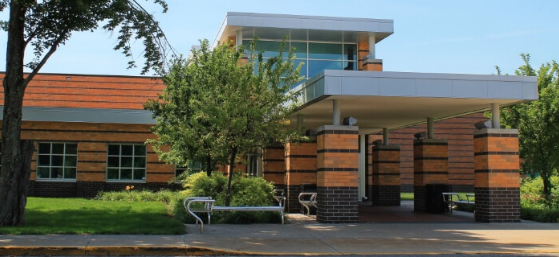I stepped out of my mom’s car on October 21 into the crisp fall morning. I walked towards the group of people congregated around the table with gallons of apple cider and doughnuts set out for the volunteers. I joined the crowd of people along with my sister to listen to the event-organizer explain what we would be doing. As I listened, I looked around at the vast garden that will be filled with red, pink, purple, white, and orange tulips in the spring. During Tulip Time, tourists will come to this park, Windows on the Waterfront, to take pictures of the tulips and experience Tulip Time. While visiting, the tourists will focus on the blooming tulips without considering how the tulips got there. The tourists will not know all of the effort that was put into planting these tulips the previous fall.
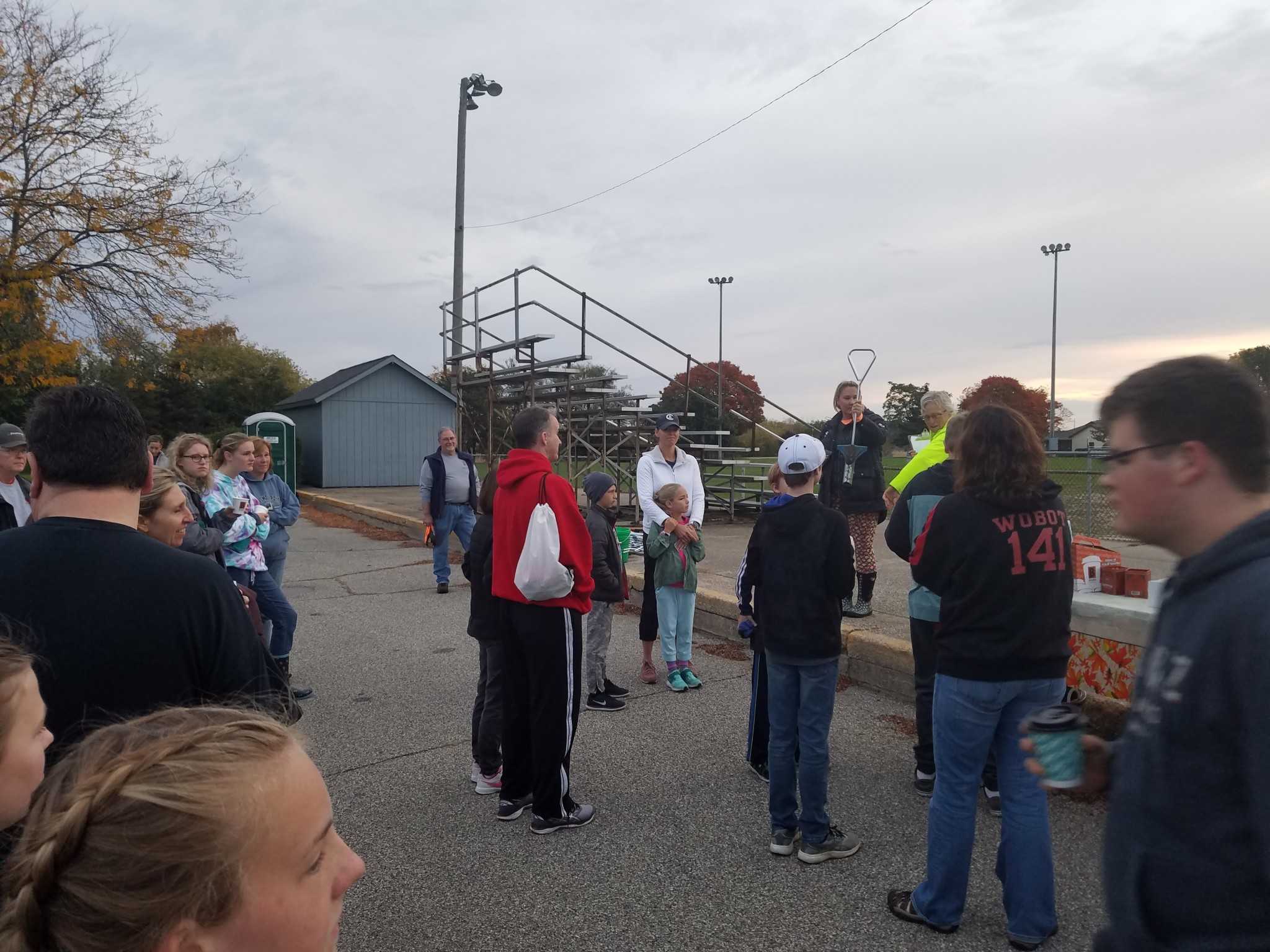
Tulip planting is the process of putting each tulip bulb into a hole around six inches deep and then covering it with dirt and leaving it until spring when the bulbs will bloom into magnificent flowers. This is the main work that happens at these volunteer events for planting tulips, but it also involves a much bigger and more intricate process as well. The organizers of these events need to order tulip bulbs to be brought to a multitude of locations around Holland. For just the park Windows on the Waterfront volunteer event, 45-50 thousand tulips bulbs were ordered to be planted.
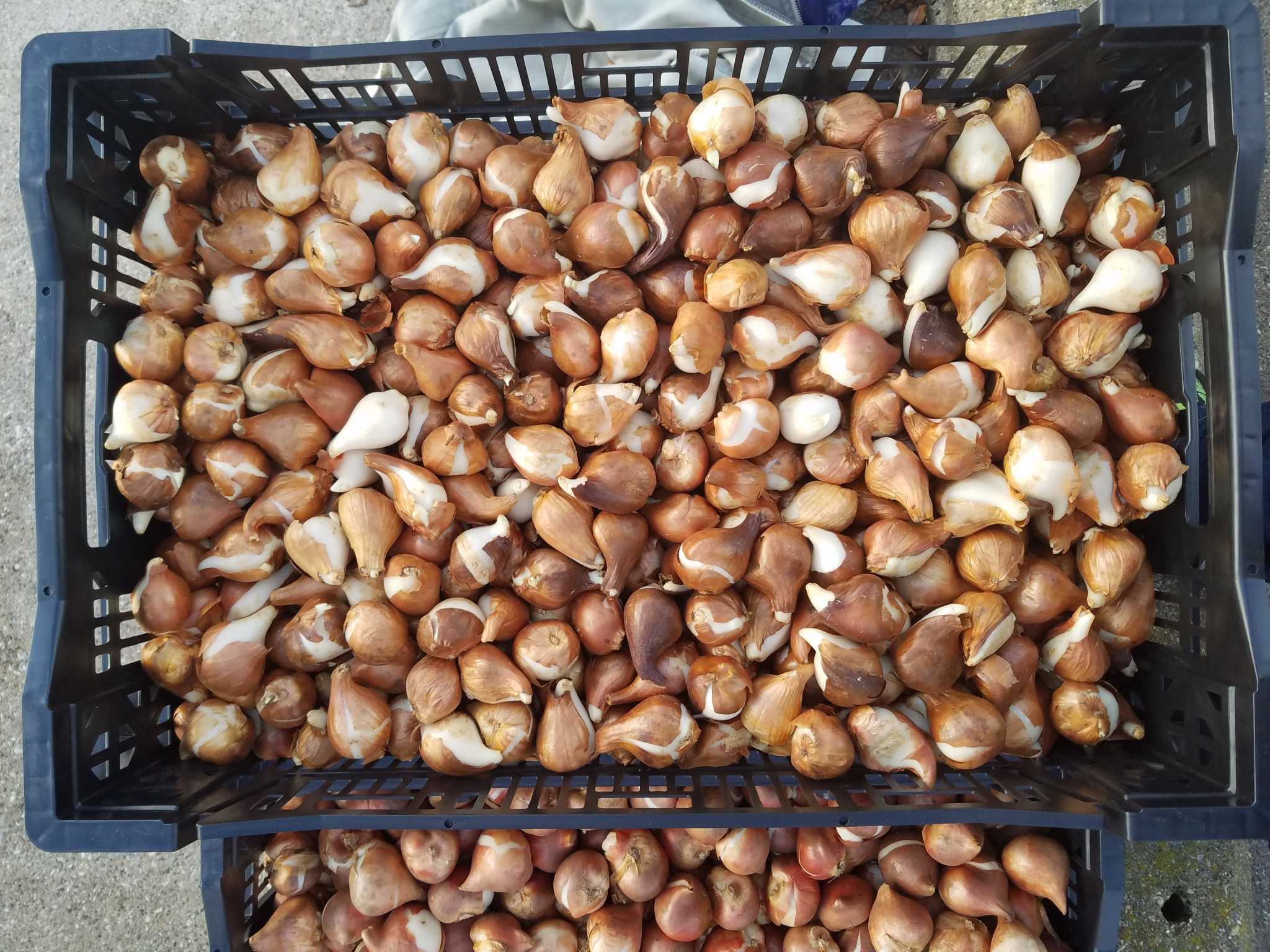
During the course of a couple of shifts of volunteers, the tulips are planted in all of the beds around the park to create a beautiful image come spring. The planting is not the only work done for the volunteer event, however; lots of work is put in ahead of time in preparing the beds for planting. Before the planting begins, a group of six to eight volunteers meets throughout the week to prep the beds for planting, doing jobs liking pulling up old flowers, rototilling the soil, re-edging the beds, and raking over the beds with more soil. The rototilling is done with a special tool called a rototiller that churns and breaks the soil with blades to prepare the ground for planting.
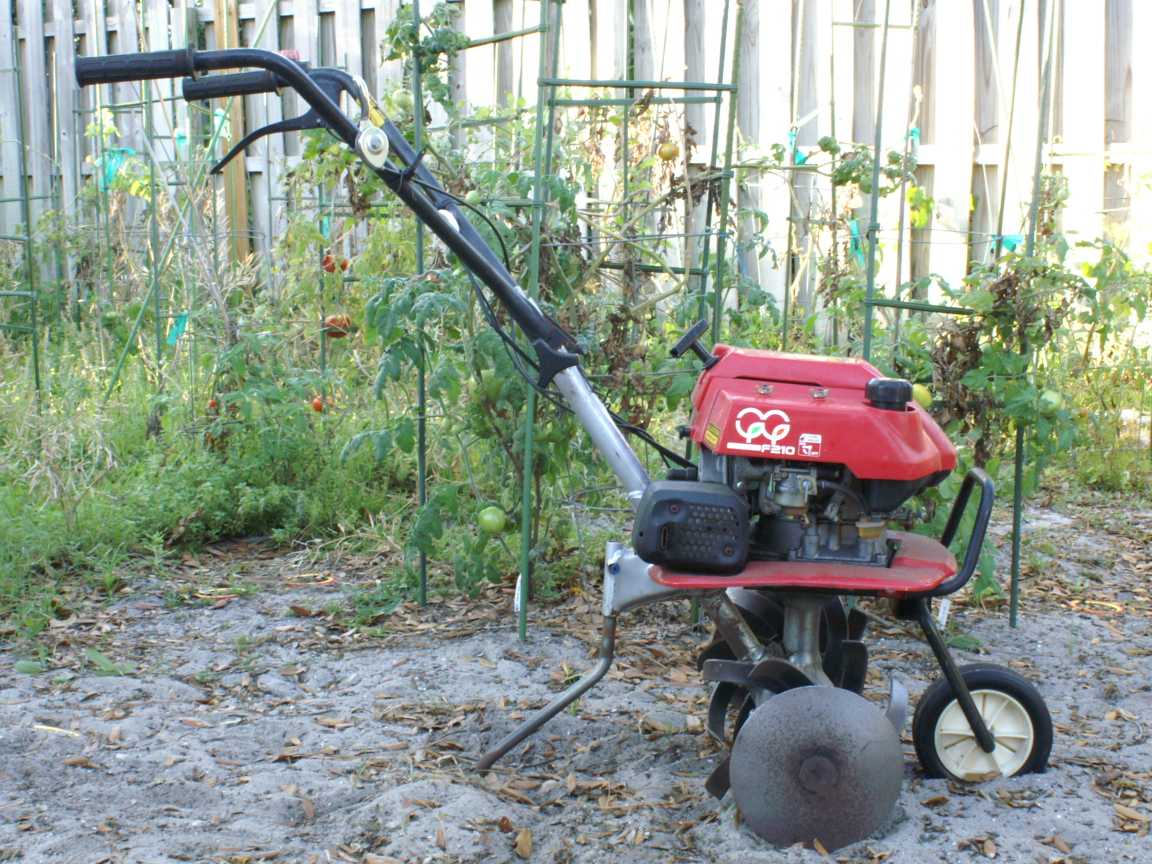
This year, they also decided to make more special shaped beds for Tulip Time, and so the volunteers had to pull up the topsoil from that area and then prep it by rototilling, re-edging, and raking. This requires a lot of work, and these volunteers did a great job prepping for the bigger groups of volunteers that showed up on Saturday the 21st.
The day of the volunteer event on October 21 the event organizers started the day by spending 15-20 minutes teaching the volunteers how to plant the tulips in the correct beds. Each bed had a specific number that is split into “A” and “B”. The organizers explained how to bring the right crate of tulips to the correct bed and how to plant them in the right arrangement within the bed. Certain crates went to either the “A” or “B” subsection of a bed to create a multicolored design in the bed, rather than leaving it one color. It was was relatively simple once the volunteers figured out what to do to bring the right crate to each bed.
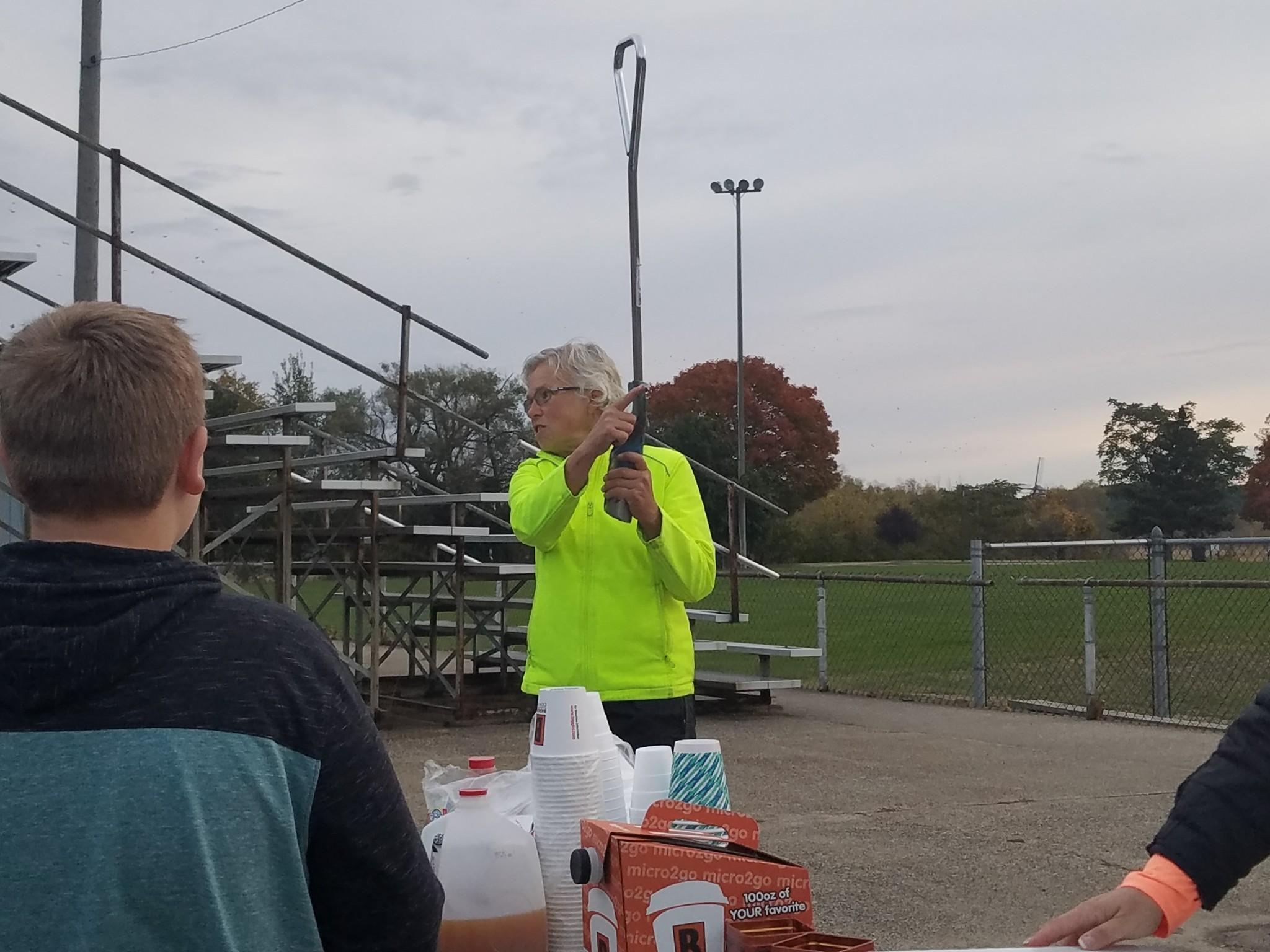
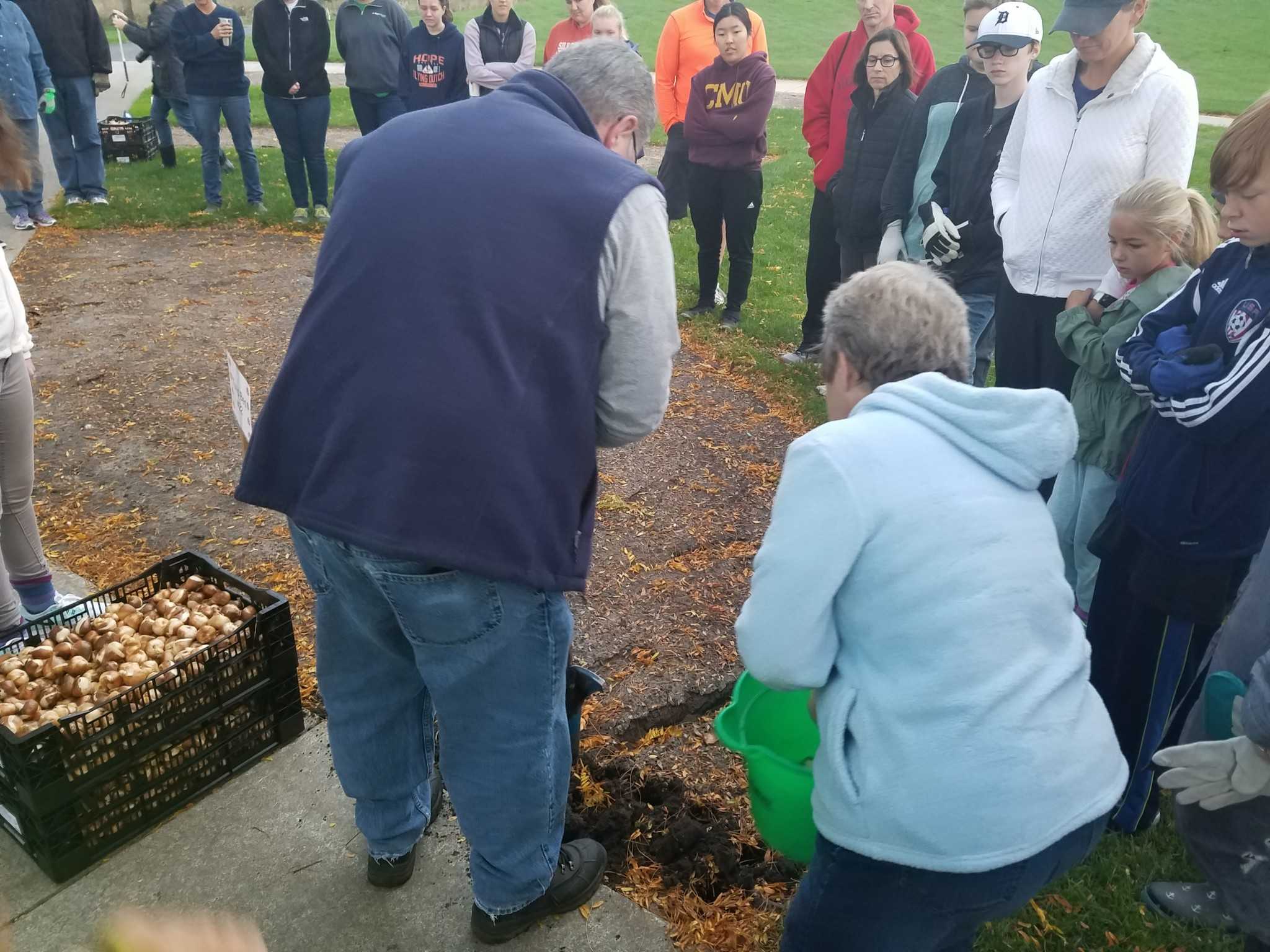
The job of actually planting the tulip bulbs into the beds wasn’t easy either. The volunteers split into two separate two-hour shifts of planting. The first shift was from 8 to 10 and included 35 volunteers. The 10 to 12 shift had the help of 30 volunteers. These volunteers were from all sorts of larger organizations that wanted to help the city of Holland plant tulips. There was a large chunk of people that were part of local robotics teams 141 Wobot from WO and 74 Chaos from Holland High. There were also many college students from Hope College. Many people from the local community came to help plant these tulip bulbs as well. Among these people, there was a city councilman that helped with teaching the new volunteers how to plant the tulips.
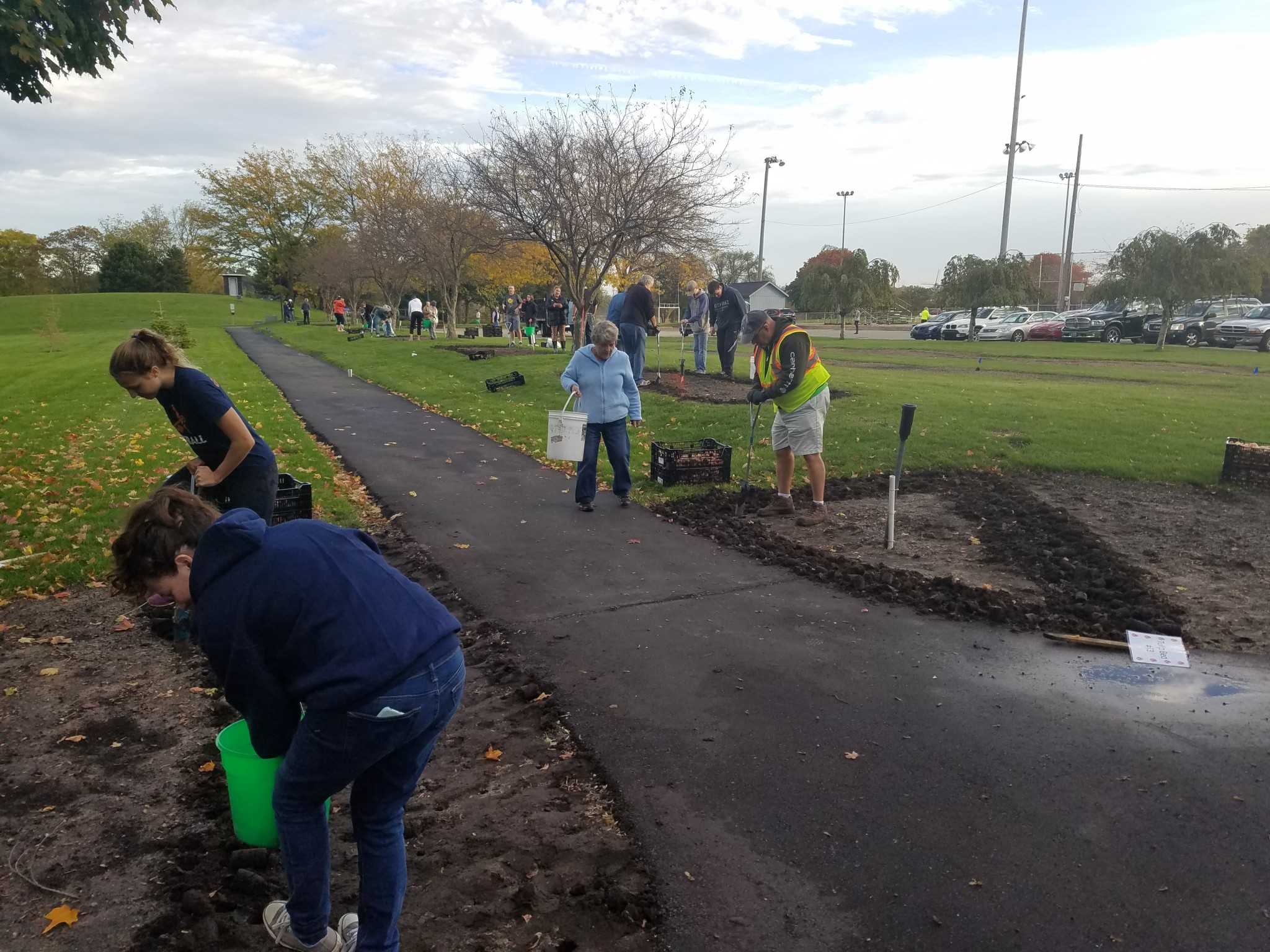
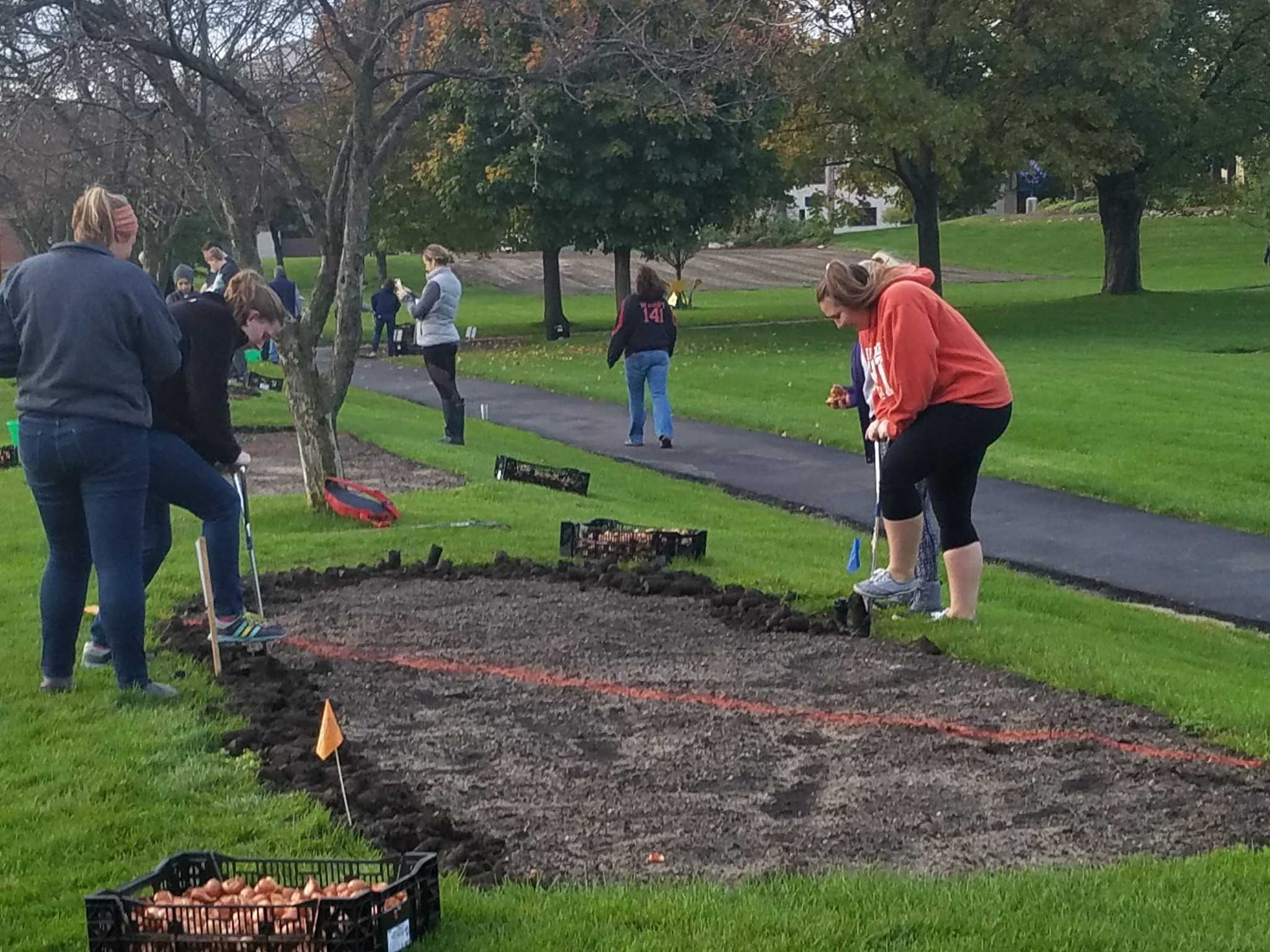
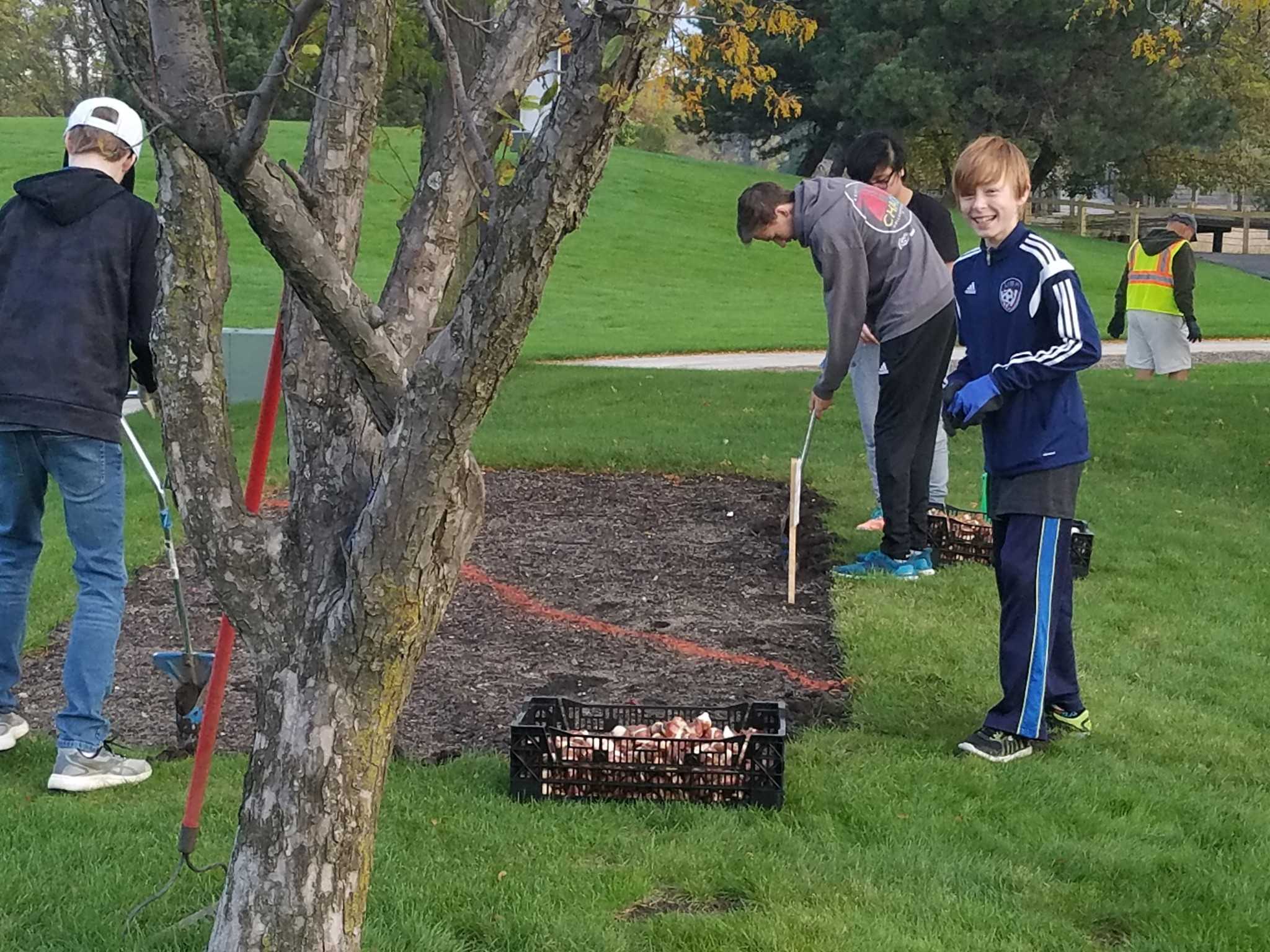
Once at the park, volunteers split into teams of two people. One person acted as the digger and the other person acted as the planter. The digger uses a circular digging tool (pictured below) to pull up a cylindrical section of the soil, leaving a hole about six inches deep. This is done by taking the tool, placing it over the soil, pressing it down into the soil, rotating the tool 90 degrees, and then lifting up to pull the soil out.
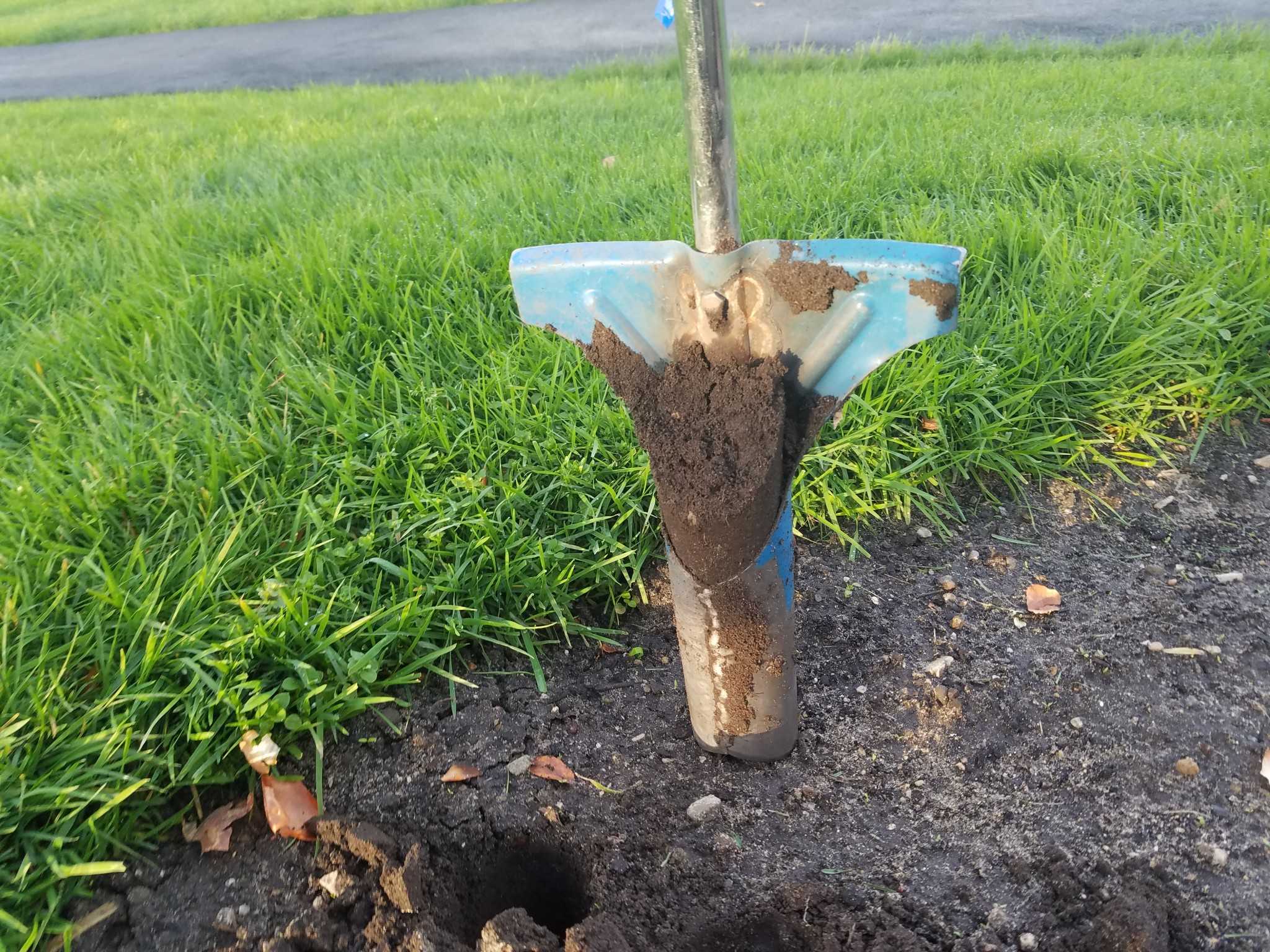
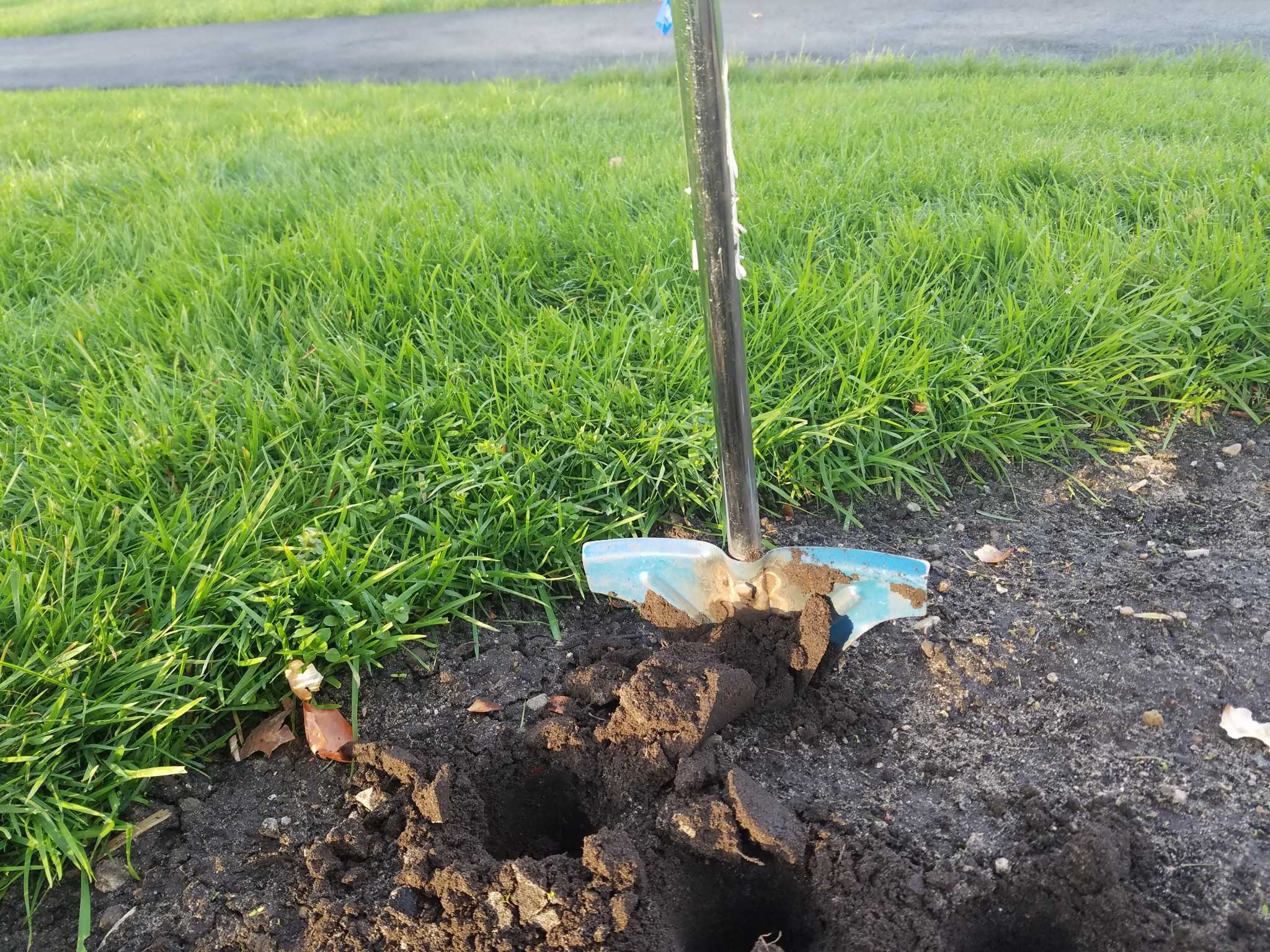

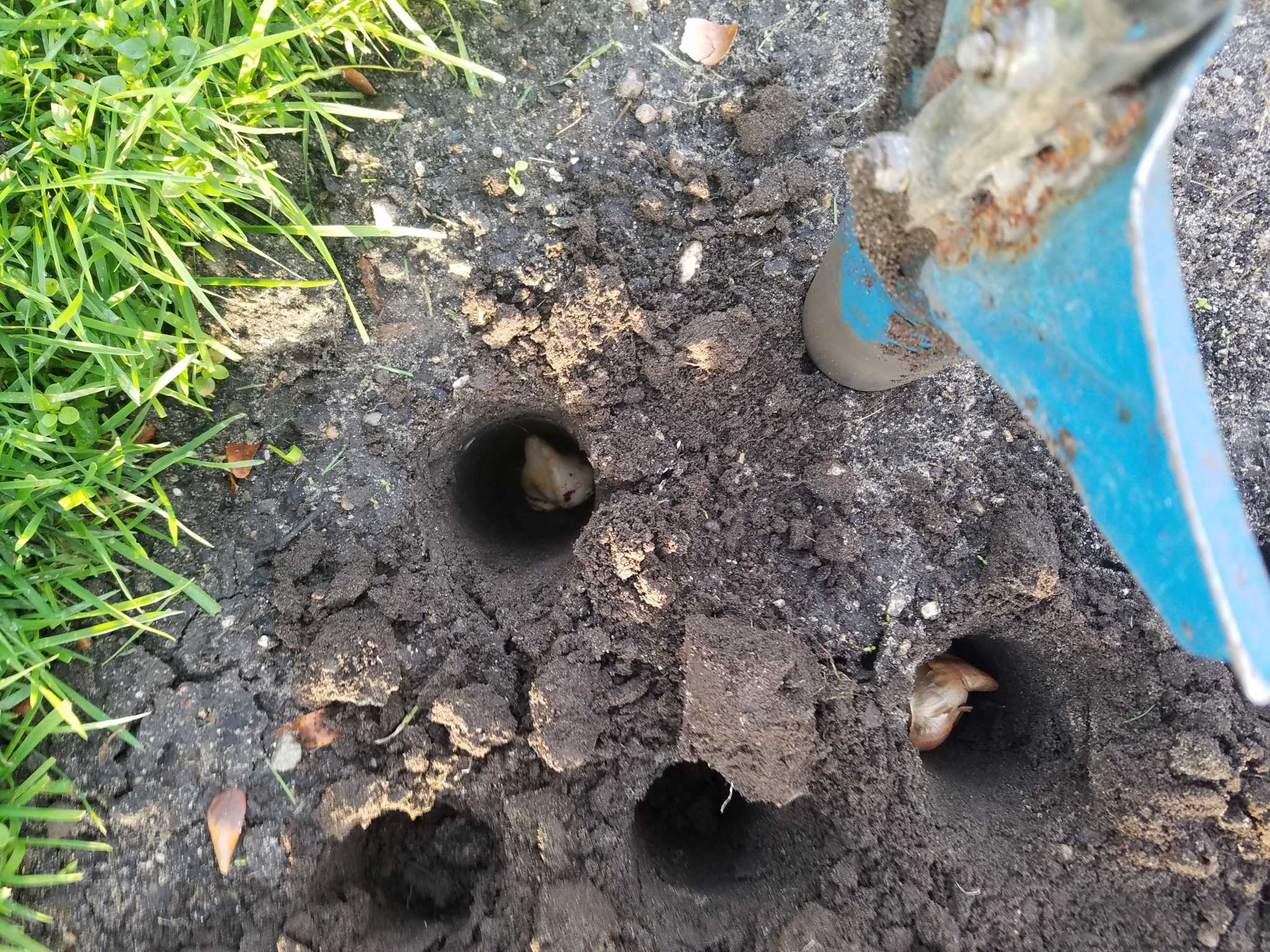
After that hole is created, the planter takes one of the bulbs from the crate assigned to that specific bed and puts it into the hole. They then repeat this for the entire bed spacing the holes about six inches apart.
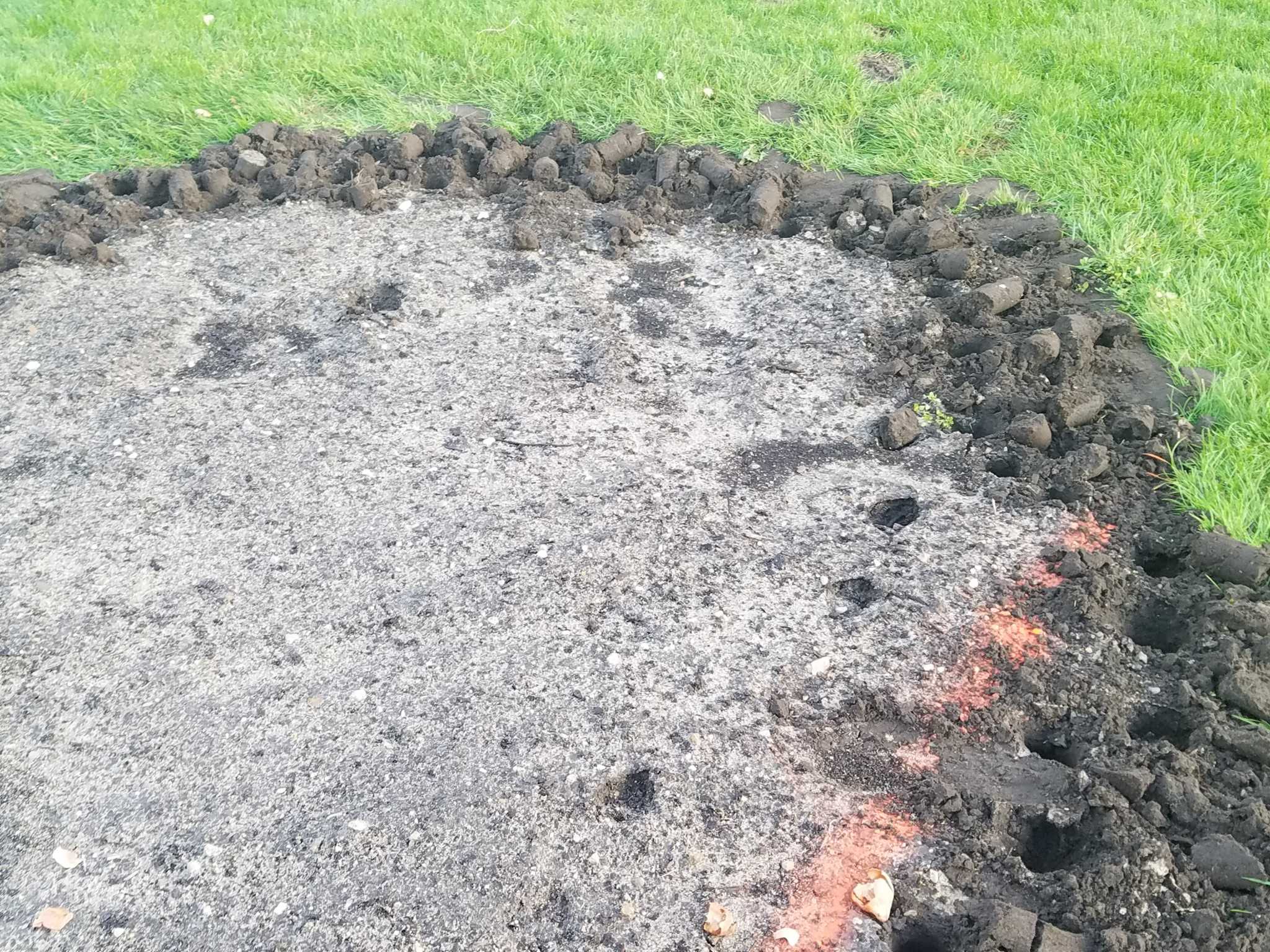
After all the holes have tulip bulbs in them, the volunteers rake over the holes to fill them in with dirt and make the whole bed nice and level. This is also done to make it harder for deer and other animals to eat the tulips bulbs in the time between now and Tulip Time. Once this work was done, the view across the whole park was filled with the finished tulips beds. Many of the volunteers now look forward to the spring when they get to come to Windows on the Waterfront and see the fruits of their labor in the form of the blooming tulips.
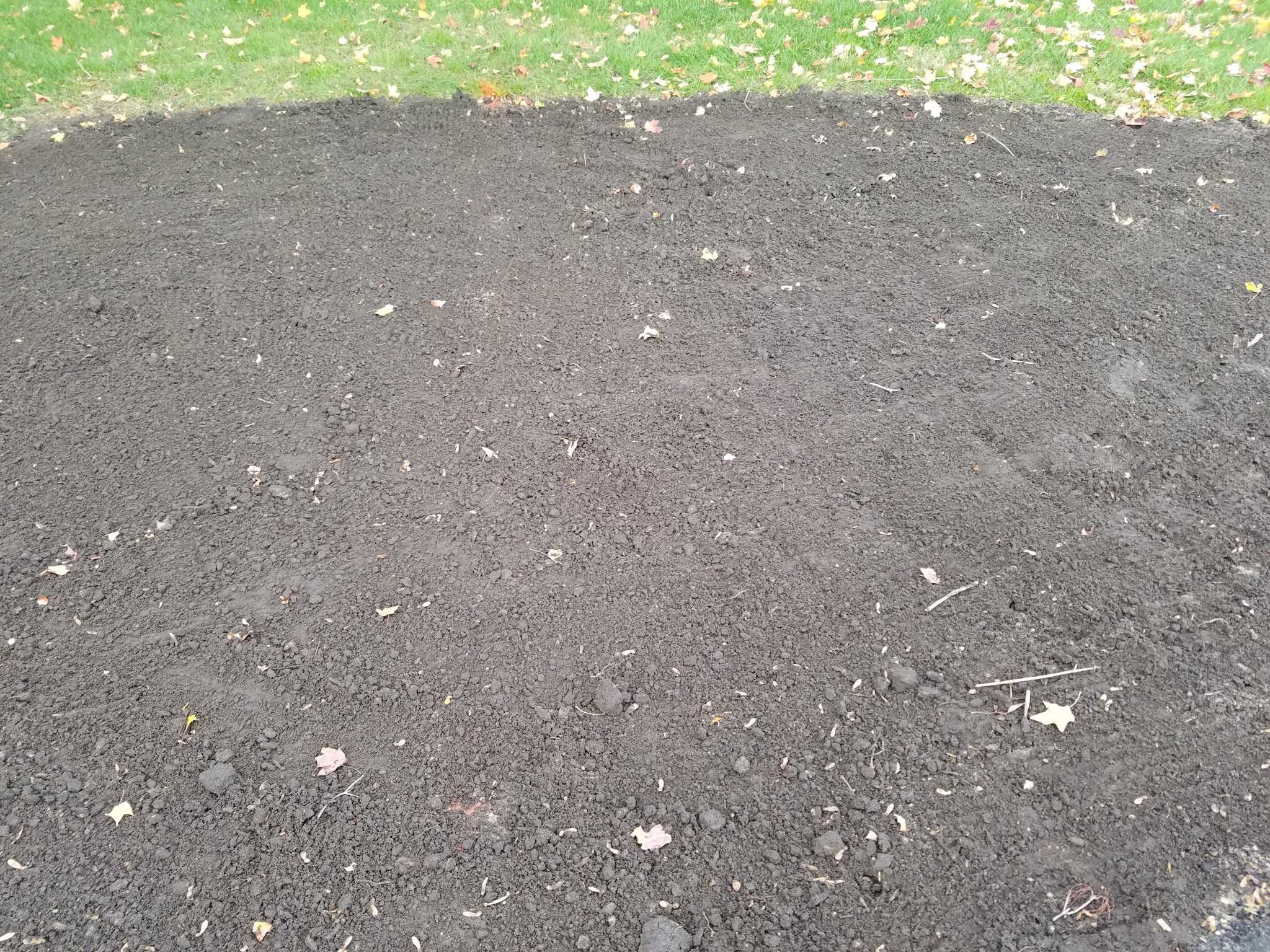
What it comes down to is that this volunteer event was to plant tulips for Tulip Time which is rather important in Holland. Tulip Time brings lots of tourists to local businesses and to come and experience Holland. It is the main event that Holland has that puts the town on the map and makes people want to come and visit here. This makes the tulips in Tulip Time help to make what makes Holland the magnificent town that it is. Without Tulip Time, Holland would be less distinctive from other towns. Without Tulip Time Holland would not be as big or nice as it is today, and Tulip Time is not possible without the actual tulips that bloom all over downtown Holland. These tulips are then planted by volunteers at events that fall. Making these events very important in creating Tulip Time and making Holland what it is today.








